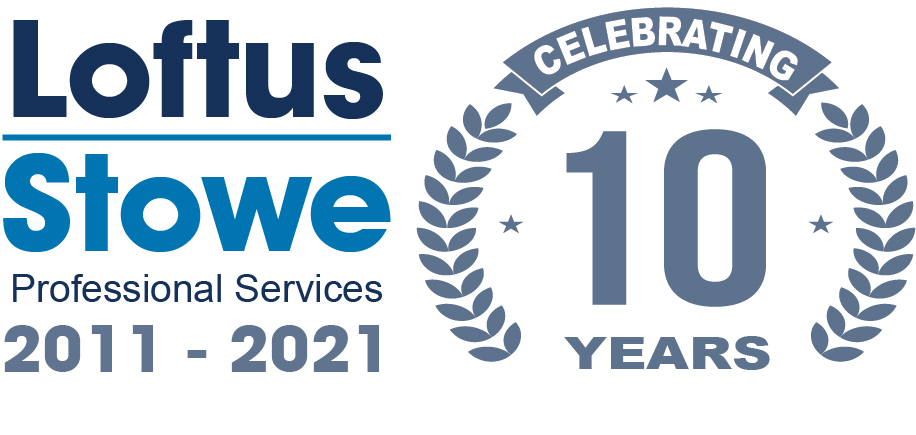2014 has been one of those years when stock pickers, whether they be fund managers or small investors, have been confounded time and again. And the pharmaceutical industry has been no exception.
If you were to ask investors at the beginning of the year whether you should invest in GlaxoSmithKline (LSE: GSK) or AstraZeneca (LSE: AZN), I think most would have picked the former rather than the latter. After all, GSKwas an incredibly innovative company withthe strongest drugs pipeline in the industry, while AZN faced a steep patent cliff, as many of its blockbuster medicines lost patent protection.
Stock pickers have been confounded
But fast forward to the end of the year, and we find that AstraZenecas share price hasrisen from 3585p to 4555p, an increase ofsome 27%, while GlaxoSmithKline has fallen from 1604p to 1376p a decrease of 16%. So while GlaxoSmithKline, once the darling of the pharmaceutical industry, has had a terrible year, AstraZenecas fortunes have been turned around.
Glaxos experiences perhaps demonstrate that an impressive drugs pipeline wont necessarily translate into rising profits. New drugs such as Breo and Anoro have failed to live up to initial sales expectations, whileprofits fromestablished treatments such as Advair are falling. Whats more, the China bribery scandal has taintedthe companysreputation in one of its fastest growing markets.
In contrast, AstraZeneca, which had an awful 2013, has seen its profitability recover: itis past the worst of the patent cliff, and saw off Pfizers hostile takeover bid in some style, safeguarding a key part of the UKs science base. And chief executive Pascal Soriot is now working on the next stage of the healthcare firms recovery, with the aim to grow profits by focussing oninnovation and targeted acquisitions.
I am broadly optimistic about both companies
The businesss biomedical campus in Cambridge, which brings together biotechnology and the latest discoveries with more traditional research, is a sign of the bright newfuture the pharmaceutical industry is now looking towards. The fact that this companys share price has now reached the level of Pfizers first bid is vindication of Soriots approach.
The business is now fully valued, with a 2014 P/E ratio of 16.6,and a dividend yield of 3.9%. I agree with the markets optimistic view.
If I am positive about AstraZeneca, I am alsobroadly optimistic about GlaxoSmithKline. With a P/E ratio of 14.6, falling to 14.0, and a dividend yield of 5.8%, the company is cheaper than its rival, andits alliance with Novartis is starting to yield dividends. I think 2015 will be a year of consolidation and recovery.
Both companies will benefit from the growing healthcare business in emerging markets, and improving developed markets,and I rate them asbuys in 2015.
Both of these businesses are worthy dividend investments. If you are a high-yield investor, or are interested in learning more about this crucial technique, then I really would recommend that you read the Motley Fool’s guide, written by our own investing experts.
Want to learn more? Well, just click on this link to read the Fool’s guide to high-yield investing – it’s available free and without obligation.
Get FREE Issues of The Motley Fool Collective
Get straightforward advice on whats really happening with the stock markets, direct to your inbox. Help yourself with our FREE email newsletter designed to help you protect and grow your portfolio wealth.
By providing your email address, you consent to receiving further information on our goods and services and those of our business partners. To opt-out of receiving this information click here. All information provided is governed by our Privacy Statement.
Prabhat Sakya has no position in any shares mentioned. The Motley Fool UK has recommended GlaxoSmithKline. We Fools don’t all hold the same opinions, but we all believe that considering a diverse range of insights makes us better investors.





